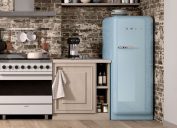14 Household Appliances You're Using All Wrong, According to Experts
These common mistakes may yield poor results and cause costly damage.
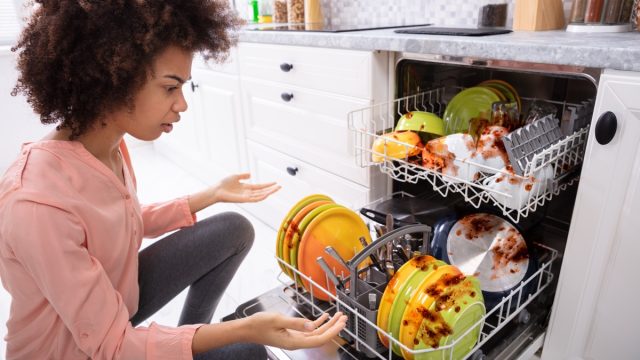
If you've thrown out more user manuals than you've actually read in your lifetime, you're definitely not alone. In fact, according to a 2019 survey from TechSee, 41 percent of consumers have returned a perfectly functional home appliance in the past year—largely due to the frustration of not knowing how to properly install or operate it.
If you want to save yourself a future trip to the customer service desk at your local home-appliance store, find out what experts say you're doing all wrong.
1
Thermostat
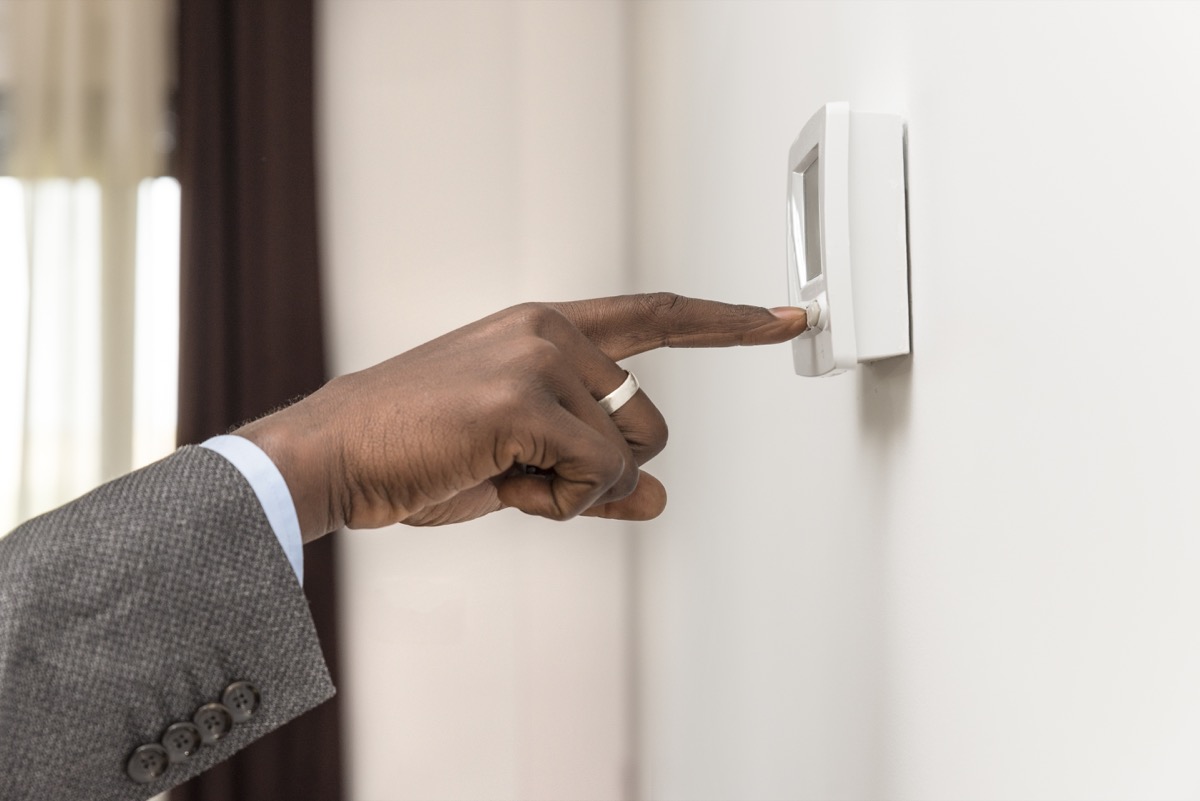
While you may not think the placement of your thermostat is much of a factor when it comes to its ability to function properly, it actually is just that—especially if it's placed too closely to other electronics and appliances in your home.
"Make sure that no lamps, TVs, or other heat-emitting appliances are too close to the thermostat," says Mark Dawson, COO of One Hour Heating and Air Conditioning. Most thermostats, he adds, are sensitive enough to respond to the heat from your appliances, thus turning down the temperature even when it's cold in your home.
2
Ceiling fan
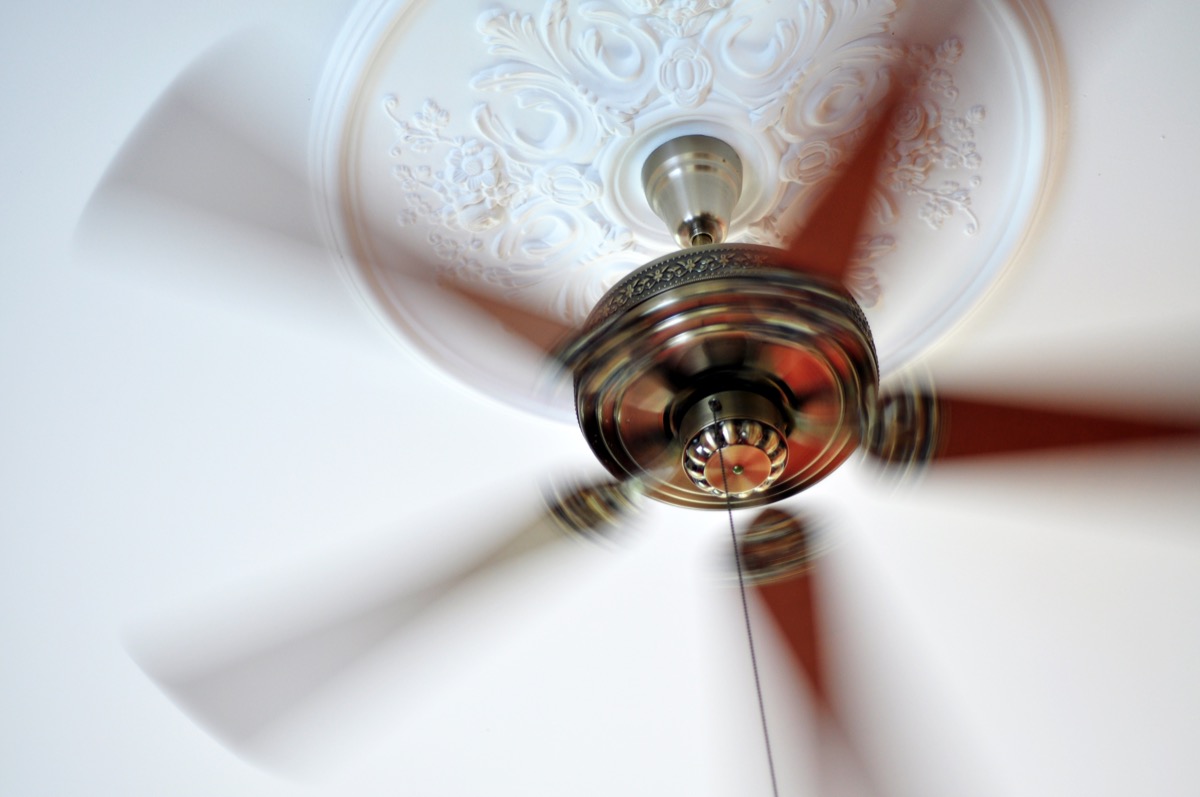
Dawson says that ceiling fans are an essential means of circulating temperature-controlled air throughout your home—no matter what time of year it is. The trick is, you have to do your part in making sure your fans provide the benefits you desire.
"Set your fans to turn clockwise in the winter, creating an updraft that will push warm air downward," Dawson says. "Reverse the motor to move the blades in a counterclockwise rotation to create a breeze effect in the summer."
3
HVAC system
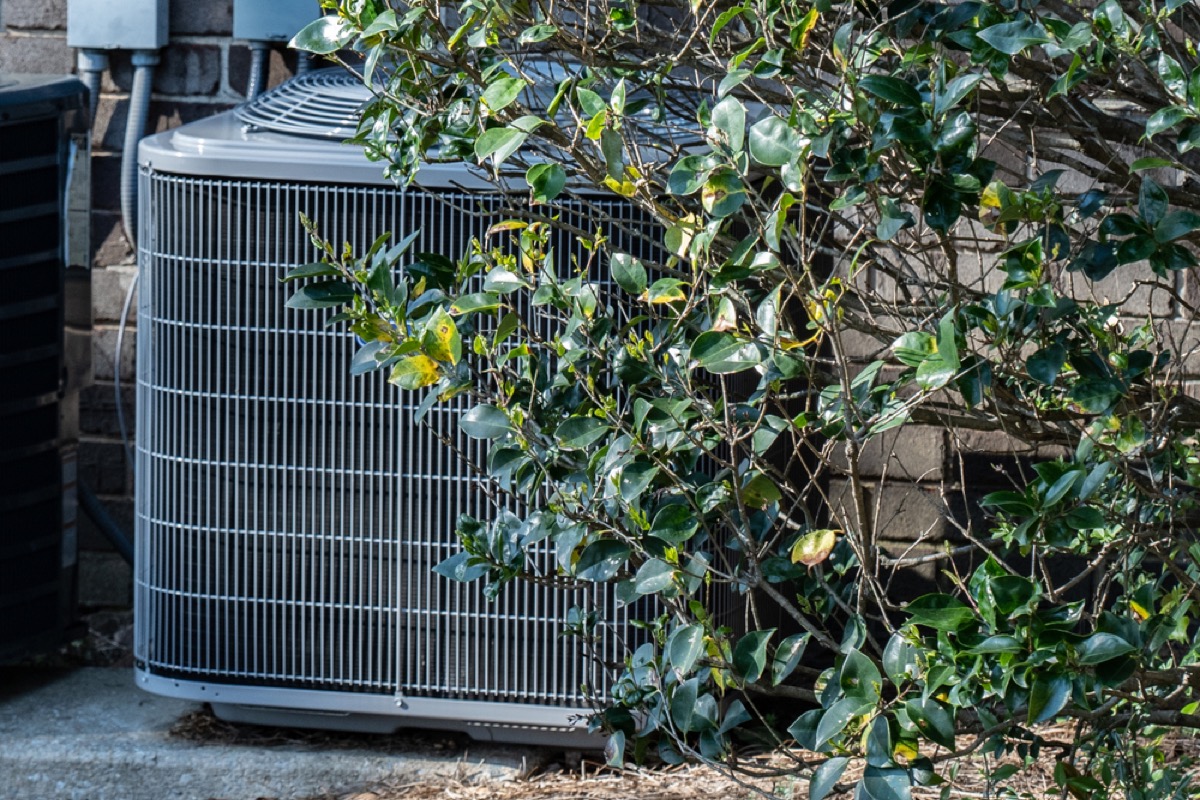
The outdoor component of your HVAC system may not be the most attractive accessory to your home's exterior, but if you're covering it up to keep it out of sight, you're making a crucial error that can impact how effectively it will function.
"Surrounding it with plants or shrubs could block proper ventilation and clog the system," explains Dawson, who recommends ensuring there's plenty of open space around your exterior HVAC parts—meaning no decorative covers to obscure them, either.
4
Dryer
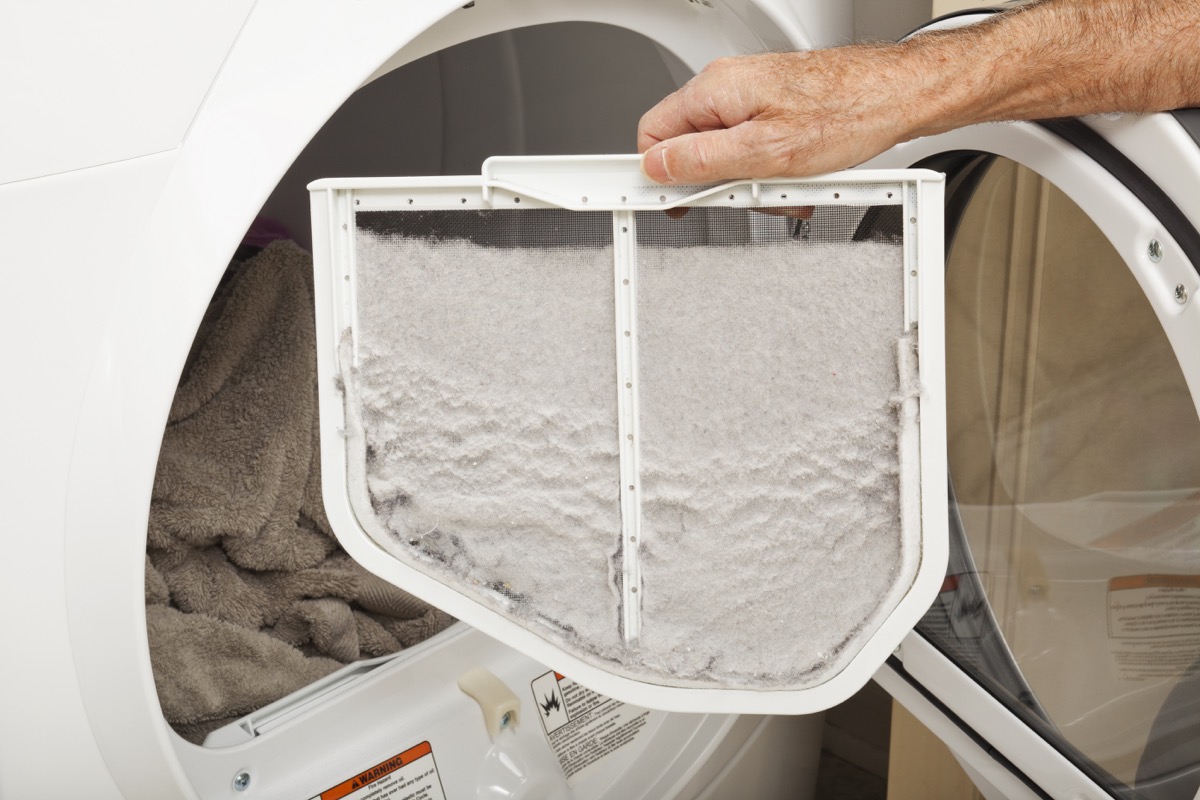
Want to reduce the risk of having a fire in your home? One simple thing you can do is regularly remove the lint that accumulates in your dryer.
"It's dangerous not to take the lint out of your dryer when it's built up over a few runs," says Jemma Lane of housing developer Arbor Living. The lint, when exposed to the heat from the dryer, can cause a potential fire risk. In fact, according to the U.S. Fire Administration, Americans experience about 2,900 dryer fires every year.
5
Washing machine

If you're packing your washing machine to the gills to limit the number of loads you have to do, you could be doing your machine—and your garments—more harm than good. "If your clothes can't move easily in the machine, they'll rub together and cause more friction," thus creating pilling and undue wear and tear on each item, according to the experts at Whirlpool.
An over-filled washer or dryer can also mean the machine's drum becomes unbalanced, causing it to wash or dry your clothes less effectively.
6
Dishwasher
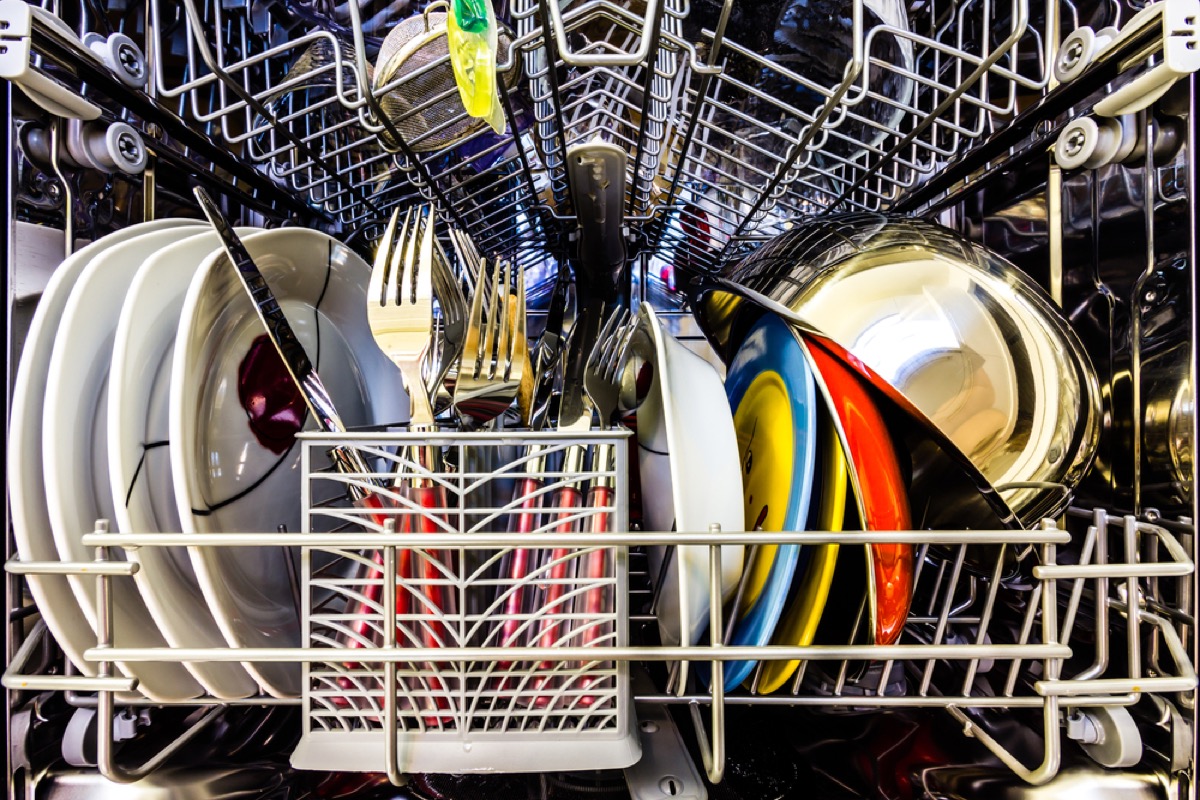
The same rule applies for your dishwasher. "Ensure separation between items and avoid overcrowding the dishwasher, as stacking or nesting items makes it difficult for the water jets to spray inside them," the experts at Whirlpool say. It's also recommended that you place dishes with their dirty sides facing the center of the machine and angle them downward.
Not only will proper loading practices help clean your dishes better, they will help limit the number of loads required when dishes don't get properly cleaned the first time around— helping to extend the lifespan of your appliance.
7
Microwave
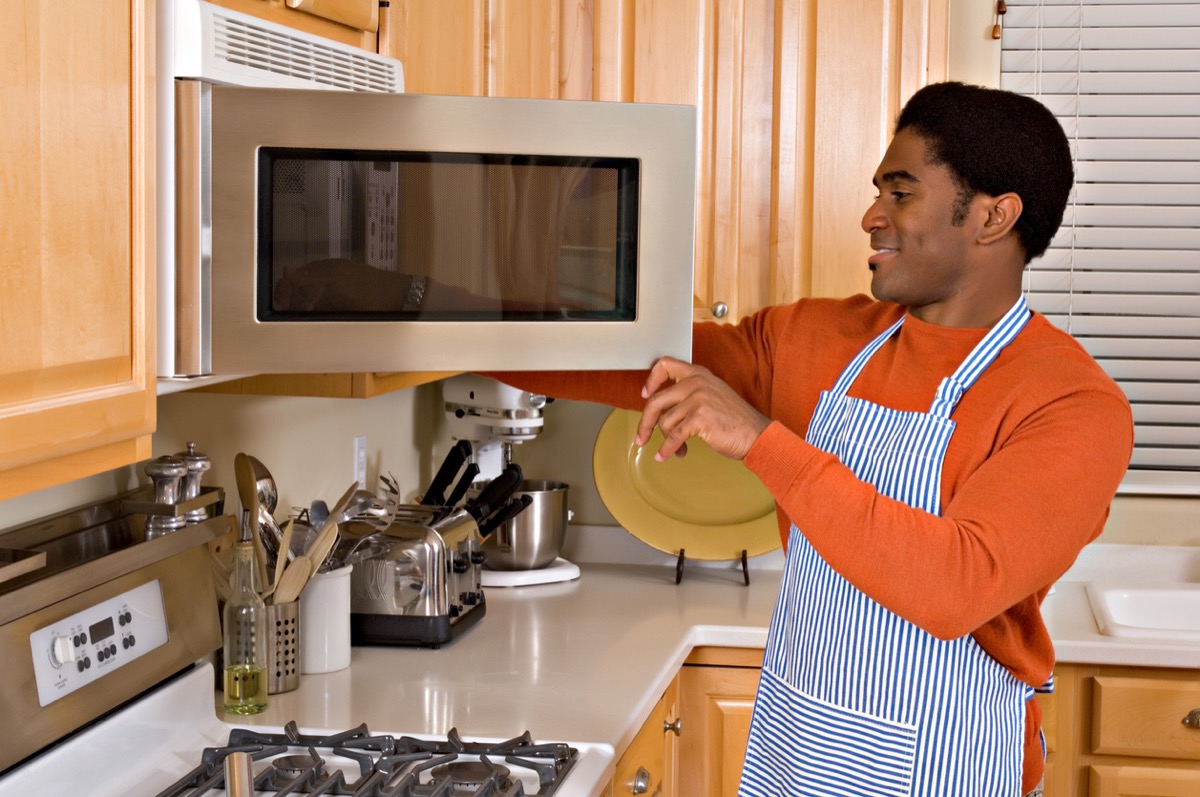
If you're using square containers or dishes to reheat food in your microwave, you may want to consider going with a different shape from now on.
"The corners actually attract the heat and energy, leaving the area overcooked and potentially taking heat away from the middle of the dish," says appliance expert Jon Gibbons of Smart Vacuums. Instead, he recommends using round dishes for even heating.
8
Blender
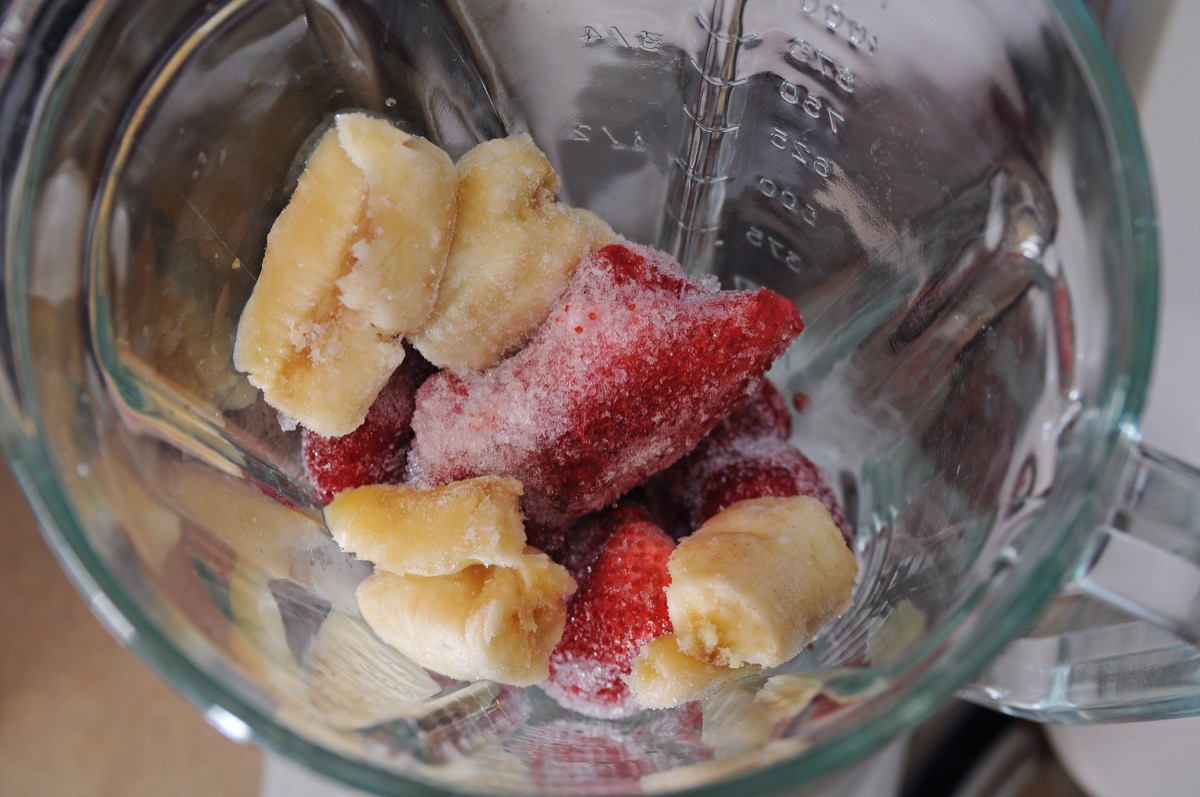
If the smoothies you make at home never seem to turn out quite as good as they do at your local juice bar, it may be your bad blender technique that's to blame.
"You should be chucking in the liquid ingredients first, and then the smallest to the largest," Gibbons says. "Tough ice should always be at the top. This helps the blades to run smoothly and prevents stalling and stopping."
9
Slow cooker

It may be tempting to routinely check in on that meal in your slow cooker—you want your friends to have the impression that you're a skilled home chef, after all. But, the best thing you can do is just step away and let the appliance take over for a while.
"It doesn't need to be stirred, and every time you [lift the lid], you're messing up the cooking times," Gibbons says. He adds that as long as your slow cooker is at least half-full, it should cook your food just fine without any assistance.
10
Toaster oven
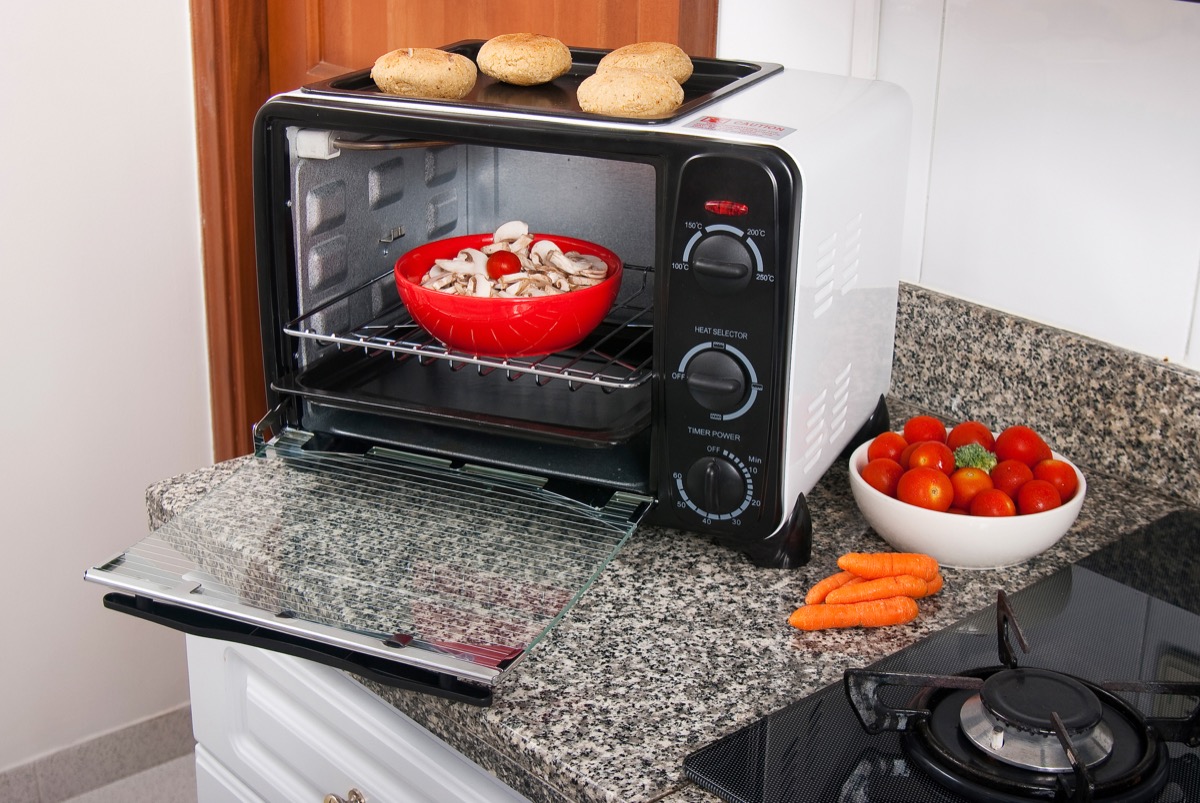
Think you're safe putting that Pyrex dish in your toaster oven? Think again.
Grace Woinicz, founder of The Brilliant Kitchen, says that while these dishes are typically fine in a microwave, they will shatter inside a toaster oven. Instead, she recommends using heat-safe stoneware.
11
Pressure cooker
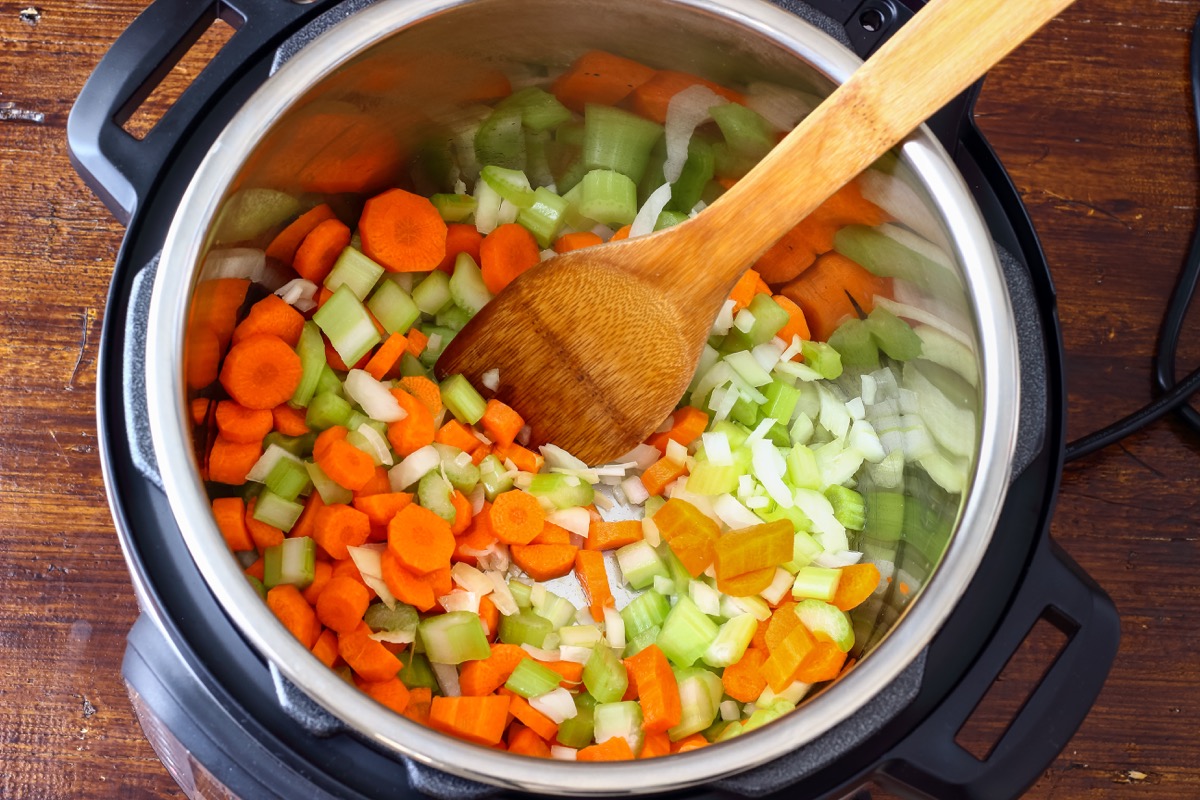
While it's easy enough to forget to seal your pressure cooker properly when preparing a dish, doing so will definitely inhibit its ability to produce the results you were likely hoping for. "The pot will just release steam continuously instead of cooking the dish inside," says Woinicz, who also notes that using an inadequate amount of cooking liquid will cause your food to burn.
12
Food processor
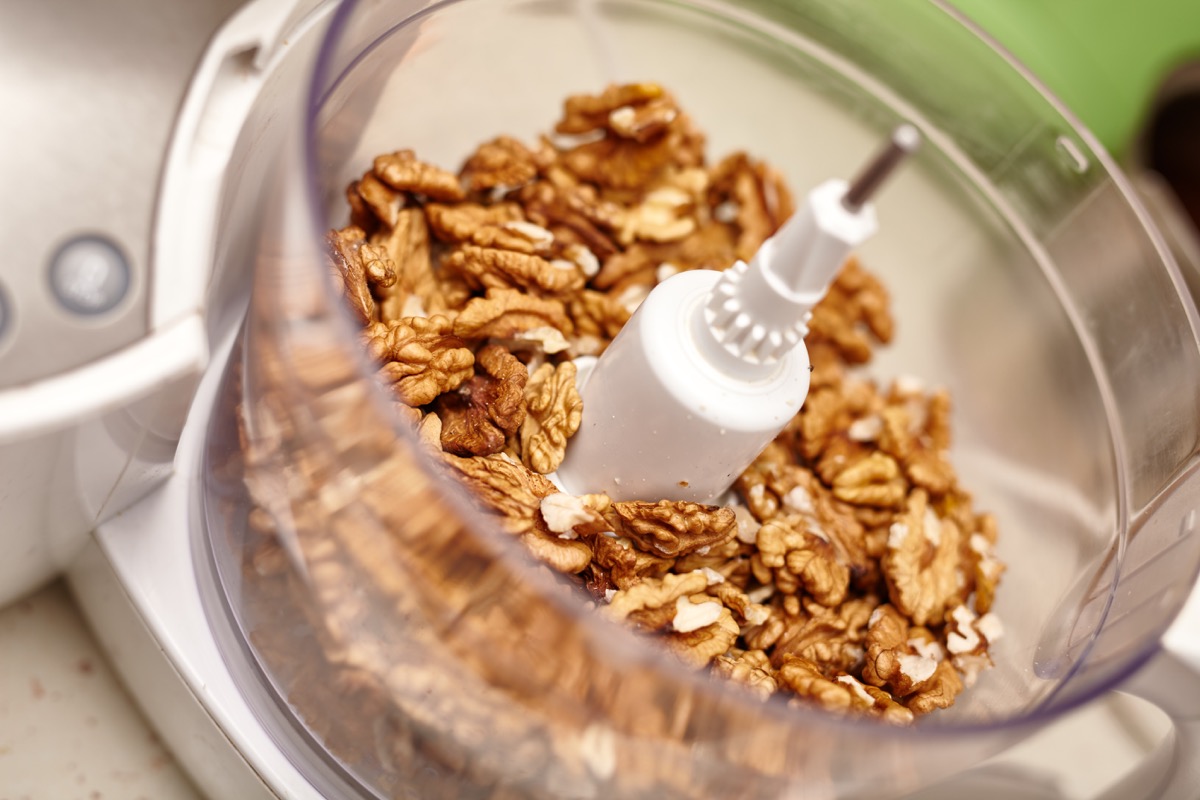
If you are using your food processor to break down nuts, always remember to give the appliance's blades a break every few seconds.
"Let the blades cool when you're processing nuts—pulse, wait, repeat," Woinicz says. "Otherwise the blades heat up [and] the nuts release oils."
13
Hot water heater

If you're using a timer to program your hot water heater, you're wasting energy—and your money. How? Well, according to Xohan Duran, managing director of Squires and Duran Plumbing and Heating, doing this "could mean you're heating up a hot water cylinder when you don't need it." Instead, wait until you actually need the hot water and activate the heater accordingly.
14
Garbage disposal
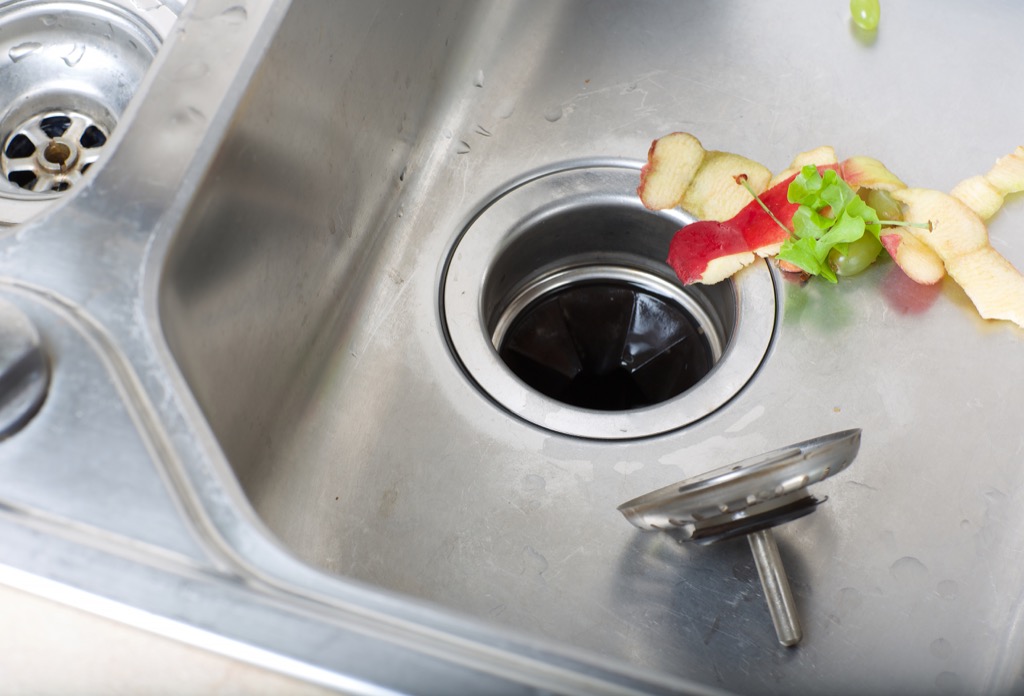
Don't let its name mislead you—while your garbage disposal is great for getting rid of food scraps, it's not intended to be an all-purpose trash can.
"It's recommended to avoid adding greasy food or food that's hard, like bones," says Bryan Stoddard of Homewares Insider. "Add hot water on top of that and you can say goodbye to your garbage disposal sooner rather than later."

